
Smart Metal-Organic Materials Advanced Research and Technology Transfer

Special Seminar Invited Guests/Lectures
Members

Jianfeng Cai


We are interested in developing peptidomimetics with predicated folding propensity and assembling behavior, so as to identify useful materials for drug/gene encapsulation/delivery, catalysis, etc.
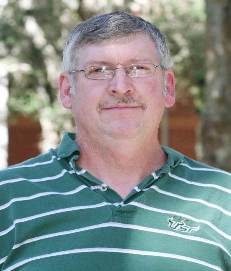
Randy Larsen

Our current research efforts with SMMARTT are devoted to studying the incorporation of metallo-enzymes or photocatalytic molecules within the porous architectures of metal-organic frameworks (MOFs). This research reveals the dramatic changes that occur when these guest molecules are no longer in a solution environment and are forced into a confined space in the solid-state. We measure and observe the changes in the material's photophysical and kinetic properties using time-resolved spectroscopic techniques that reveals nanosecond events. Advances in the field of recyclable catalysis is one of the many direct beneficiary from our research operations.
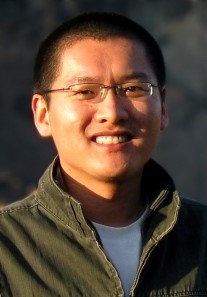
Xiaopeng Li


A wide variety of biological molecules (such as DNAs and proteins) have very complex structures and 3-dimensional (3D) architectures that are important for their biological functions. Inspired by nature, Li research lab is focusing on design, synthesis and self-assembly of giant metallo-supramolecules with increasing complexity and stability. The level of complexity is often attained by self-assembly of structurally simple subunits (or building blocks) which have specific functionalities and geometries to direct their assembly into sophisticated structures of precisely controlled size, shape and properties. Such 2D and 3D supramolecular architectures not only broaden the scope of current self-assembly and enrich the library of supramolecules, but also bring fresh air into further application, such as potential applications in bioelectronics and energy storage devices.
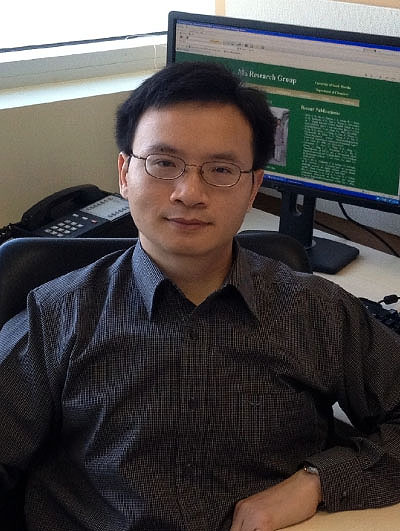
Shengqian Ma


Current research interest focuses on the development of functional porous materials including metal-organic frameworks (MOFs), covalent organic frameworks (COFs), porous organic polymers (POPs), and microporous carbon materials for energy, biological, environmental-related applications. He has published more than 200 papers (over 150 since independent career) with the total citations over 20000 and the H-index of 70.
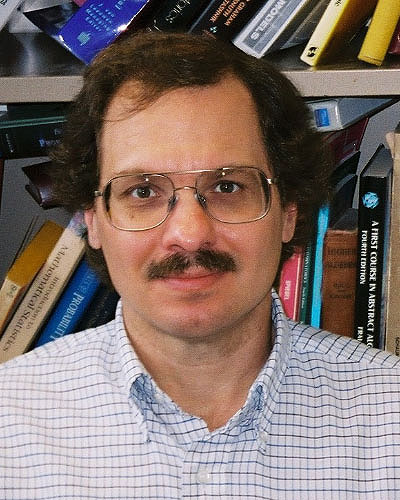
Greg McColm

Our work focuses on geometry and its applications to crystalline, quasicrystalline, and nano materials. The primary focus is crystal structure prediction, ranging from theoretical and foundational issues in crystal geometry to computer generation of crystal structures. A standard crystal structure (or quasicrystal structure) is a graph embedded in 3-space, with edges indicating bonds or ligands. The tools for generating, adjusting, and analyzing such structures include linear algebra and ring theory, geometric group theory and group representation theory, convex and discrete geometry, and other areas as well. As a result, I am also interested in the sociology of science, especially as it pertains to the current revival of mathematical crystallography.

David Merkler

The current research in my laboratory centers on a family of cell-signaling lipids, the fatty acid amides. Our work on the fatty acid amides centers on the discovery and characterization of these molecules from a number of model organisms, a lipidomics approach. We are also defining the enzymes involved in the biosynthesis and degradation of the fatty acid amide, an enzymological approach. Once we have identified putative enzymes of fatty acid amide metabolism, we knockdown expression of these enzymes in the model organism and interrogate how their elimination effects the fatty acid amidome, a substraction lipidomics approach. Future goals of our research are to identify receptors and biofunctions for specific fatty acid amides.
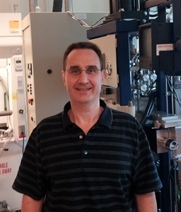
George Nolas

The Novel Materials Laboratory is designed for the crystal growth and characterization of novel materials for technologically significant applications. The emphasis is on an understanding of the structure-property relationships of new material systems in developing a comprehensive understanding of their physical properties. The effect of structural and chemical variations on the transport, optical, magnetic and mechanical properties of materials is thus of paramount interest. The laboratory applies this understanding in developing new and novel materials towards significant advancements in energy-related technologies. Current materials physics research includes clathrates, nano-scale properties of materials, amorphous materials and composites for applications in thermoelectrics, photovoltaics and alternative fuel technologies. Close collaboration with industry, national laboratories and other universities is typical in this interdisciplinary research program that encompasses all aspects of physics, materials science and chemistry. Our research is funded by the II-VI Foundation, Army Research Office, Department of Energy - Basic Energy Sciences, Department of Energy - Energy Efficiency and Renewable Energy, Army Medical Research and Materiel Command, National Science Foundation, Office of Naval Research, NASA Jet Propulsion Laboratory, American Chemical Society Petroleum Research Fund, and industry. Students have received prestigious awards, including NRC, DAAD, University and Presidential Fellowships, and industrial internships. Students and postdocs from the Novel Materials Laboratory have accepted positions in industry, academia and national laboratories.
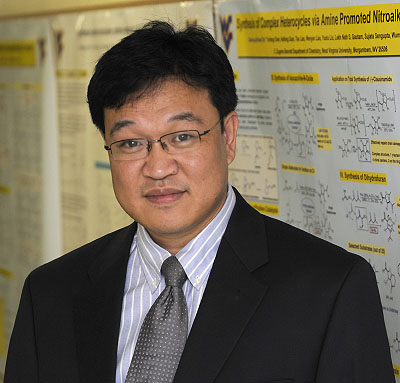
Xiaodong Mike Shi


Current efforts center around new synthetic methodology development, asymmetric catalysis, new material development and bioorganic chemistry. Attracted by the unique properties of 1,2,3-triazole, our group developed a series of synthetic and functionalization methods of 1,2,3-triazoles. With these practical synthetic methods, we were able to explore several metal complexes utilizing triazole as the ligand, such as Au, Rh, Pd and Ir, which showed different reactivities compared with conventional ligands. We are now focusing on new methodology development based on triazole-metal catalysts and the "why" behind the "how". Ligand design based on 1,2,3-triazole skeleton for asymmetric catalysis is another interest of our group. Taking advantage of the unique binding properties and easy synthesis of various triazole derivatives, it is promising that we will develop some efficient chiral ligands. Azaborines are interesting new materials since the B-N bond is isoelectronic with a C-C double bond. Based on the excellent stability and chemoselectivity of triazole-gold catalyst, new synthetic method for aza-borane was achieved in our group and will be further developed. By cooperation with Prof. Shengqian Ma, various triazole-based MOF material were synthesized and characterized. Along with that, we will also develop MOF catalysts based on triazole-skeleton. Another inspiring feature of 1,2,3-triazole is the excellent biocompatibility. With that in mind, we developed a series of triazole derivatives and applied them sucessfully as fluorophores or anti-cancer drugs. We are also interested in target-oriented synthesis and application of these molecules in vivo.

Brian Space


The Space Group is a theoretical chemistry group concerned primarily with computer simulation of condensed phase phenomena. Current focus is on the development of highly accurate potential energy functions for environmentally relevant gases, such as carbon dioxide, hydrogen, nitrogen, methane, oxygen and associated oxides. The potentials are employed in molecular simulations of sorption of such gases within metal-organic materials, or MOMs.
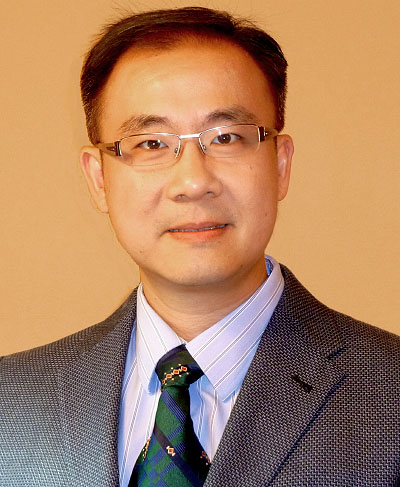
Jing Wang


RF MEMS transducers research group aims to explore versatile applications of advanced nanotechnology, functional nanomaterials and micro/nanofabrication strategies for the development of chip-scale energy harvesting/storage, RF/microwave/millimeter wave and biomedical devices and microsystems. The most recent work includes preparation of additive manufacturable low-loss and high-permittivity or high- permeability nanocomposites for miniaturization or structured RF electronics, design and fabrication of high-Q micromechanical resonators and sensors, and employment of atomic layer deposited (ALD) thin films as key enablers for a wide variety of micro/nano-scale devices.

John Kuhn


The Heterogeneous Catalysis & Materials Chemistry Group researches at the interface of heterogeneous catalysis and materials chemistry. Targeted research areas include synthetic biofuels, carbon dioxide (CO2) conversion by photocatalytic and chemical methods, hydrogen generation and purification, and water purification by photocatalysis and adsorption. We have a strong focus on materials which include transition metals, oxides, oxynitrides, and transition metal dichalcogenides (TMDs). The research efforts have applications in green chemistry and sustainability.

Julie Harmon

Our research focuses on educating scientist to the scientific principles pertinent to the needs of society in addressing areas of research including: high performance polymer composites with increased resistance to different types of radiation, optically transparent polymer/carbon nanotube composites with enhanced mechanical properties, polymer composites with high thermal conductivity, polymer nanocomposites that exhibit magnetic properties and new biocompatible composites based on hydrophilic polymers. We are also designing novel polyimide polymers that are robust and melt processible that are of interest in battery applications. We continue to strive for important advancements in materials research to understand the structure-function properties of new materials.
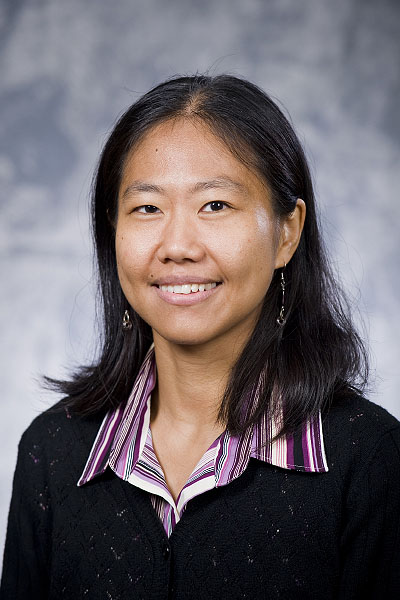
Qiong Zhang


Dr. Zhang's research focuses on sustainability assessment and system modeling, with applications in water systems, wastewater and resource recovery systems, and the water-energy nexus. Her current research:
1) assesses innovative water and renewable energy technologies using life cycle approaches and system integration,
2) advances fundamental understanding of dynamic interconnections between water and energy systems using system dynamics approach, and
3) develops decision support tools for integrated water and energy management through collaboration with national, regional and local planning agencies, and local utilities.
Personal Website